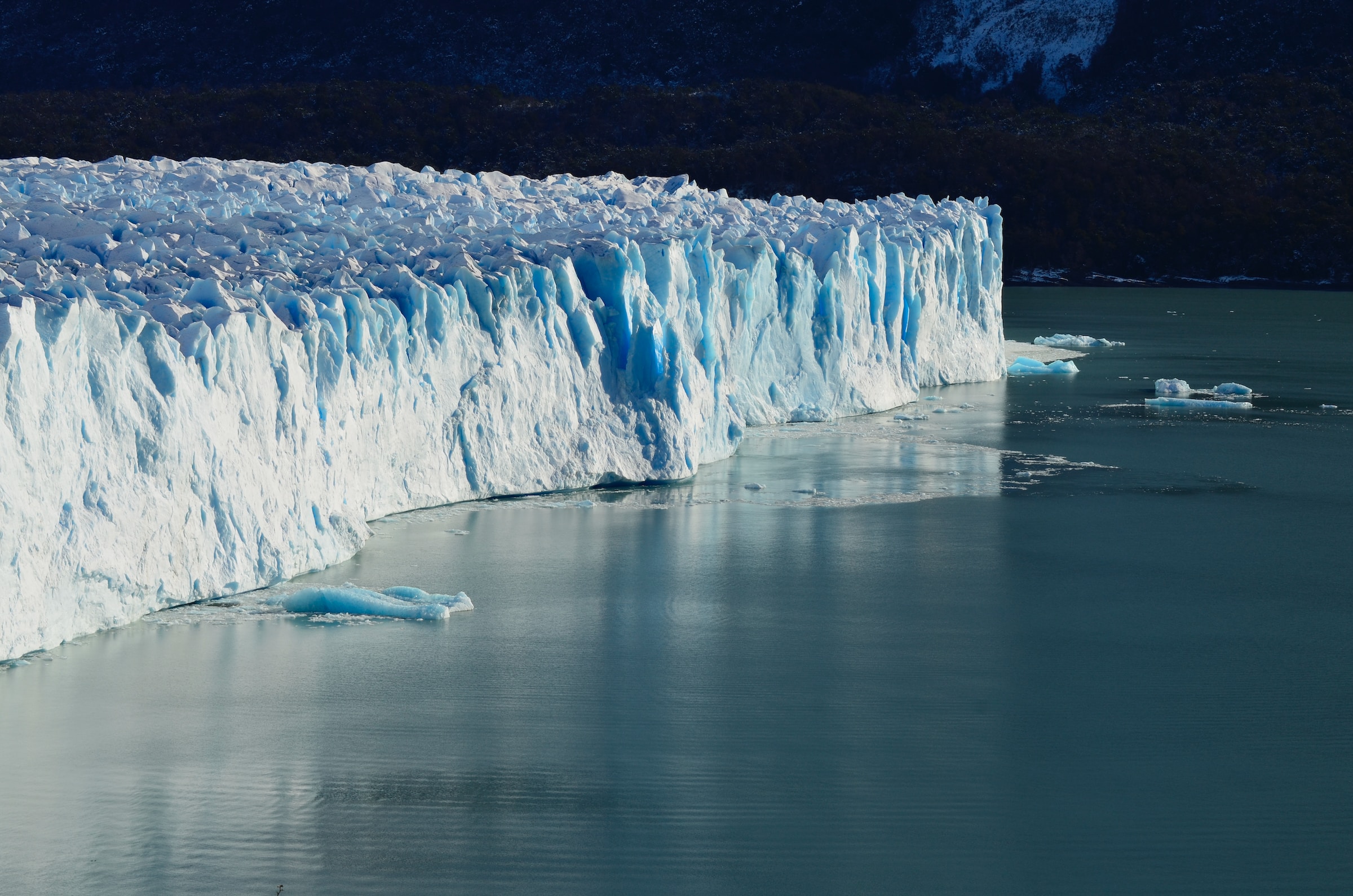
Climate Change: The Unfolding Reality and the Urgency to Act
In the past century, a silent invader has been making its presence felt from the icy expanses of the North Pole to the southernmost tip of the South Pole. This invader, global warming, has caused the global average surface temperature to rise by over 1.6 degrees Fahrenheit since 1906. Even more alarming is the disproportionate effect on the Earth’s polar regions, which serve as our planet’s early warning system.
While the terms ‘global warming’ and ‘climate change’ are often used interchangeably, there’s a nuanced difference. Scientists are now advocating for the term “climate change” as it encapsulates not just the uptick in average temperatures but a host of alterations affecting our weather systems, ecosystems, and even our very way of life. As we continue to pump heat-trapping greenhouse gases into our atmosphere, the Earth is responding in ways that are both profound and alarming.
Documented Changes: The Earth Speaks
Climate change is not just a future prediction—it’s happening now. And its effects are both broad and deeply concerning:
- Melting Ice: Iconic landscapes are shifting before our very eyes. In Montana’s Glacier National Park, glaciers have receded at an alarming rate, from over 150 in 1910 to fewer than 30 today. Both the West Antarctic and Greenland ice sheets are melting, as is the vital Arctic sea ice.
- Rising Sea Levels: This melting ice doesn’t just vanish—it contributes to rising sea levels, which currently increase at a rate of 0.13 inches per year. However, recent trends suggest an acceleration in this rate, spelling potential doom for coastal cities and habitats.
- Wildlife in Jeopardy: Rising temperatures are displacing numerous species. The Adélie penguin in Antarctica is a stark example, with populations in some areas plummeting by over 90%.
- Migration Patterns: The natural order is being disrupted as temperatures rise. From butterflies and foxes to alpine plants, many species are being forced to find new homes, moving further north or to elevated, cooler regions.
- Unpredictable Weather Patterns: While the Earth has seen an overall increase in rain and snowfall, this hasn’t been evenly distributed. Some areas grapple with severe droughts, posing risks to agriculture, potable water supplies, and increasing wildfires.
- Thriving Pests: Not all creatures are suffering. Some, like mosquitoes, ticks, and crop pests, are thriving in warmer climates. The U.S. has witnessed the devastation wrought by the exploding populations of bark beetles, consuming millions of acres of forest.

Looking Ahead: What the Future Holds
If the current trajectory continues, the Earth’s future looks starkly different:
- Sea Levels: Predictions for the end of the century suggest sea levels could rise between 10 and 32 inches, with potential spikes beyond that.
- Intensified Storms: Hurricanes, typhoons, and other tropical storms are projected to gain in intensity. Coupled with this are the increasing risks of floods and prolonged droughts.
- Water Scarcity: With glaciers, the reservoirs of nearly three-quarters of the world’s freshwater, shrinking, freshwater scarcity looms on the horizon.
- Disease Proliferation: Diseases such as malaria and the Zika virus, primarily spread by mosquitoes, may find more extensive breeding grounds.
- Ecosystem Disruptions: While some species might adapt and move, others like the polar bear could find no refuge, leading to potential extinction.
The signs are clear, and the message is urgent: unite and act. As stewards of this planet, humanity is faced with a monumental task: to reverse, halt, or at least mitigate the impacts of climate change. The choices we make today will determine the legacy we leave for the generations of tomorrow.
©eco-guardians.org